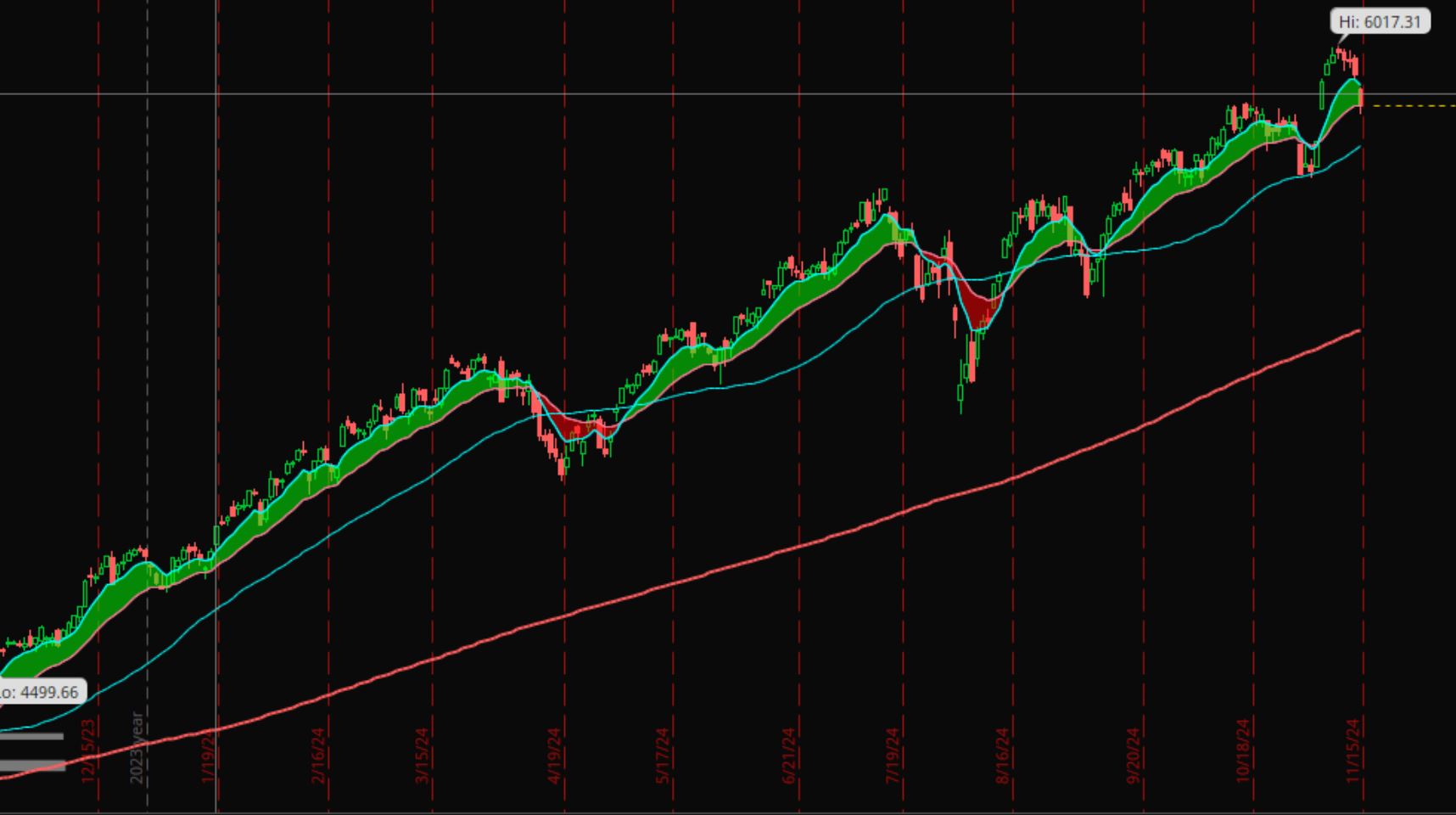As we close this comprehensive guide to long-term investing, it’s time to reflect on the journey we’ve taken—from understanding the psychology of investing and evaluating companies to mastering valuation and technical tools. Now, we bring it all together into a cohesive strategy that can help you achieve financial success.
1. Build a Strong Foundation
Your long-term investing journey starts with education, discipline, and a clear plan:
Define Goals: Set clear financial goals. Are you investing for retirement, funding a child’s education, or building generational wealth?
Create a Budget: Build a savings plan to consistently allocate capital to investments.
Emergency Fund: Always maintain an emergency fund to avoid selling investments prematurely during financial emergencies.
2. Follow a Disciplined Research Process
Investing without proper research is gambling. Stick to a systematic approach:
Understand the Business: Know what the company does, its competitive advantages (moat), and its growth potential.
Analyze Financials: Focus on free cash flow, ROE, and debt levels to assess a company’s financial health.
Consider Valuation: Use intrinsic valuation methods like discounted cash flow (DCF) or price-to-free-cash-flow ratios to determine fair value.
3. Embrace the Power of Diversification
Diversification is your defense against unexpected market events:
Sector and Asset Class Diversification: Invest across sectors (tech, healthcare, consumer staples) and consider exposure to other asset classes like bonds or real estate.
Avoid Over-Concentration: Limit individual positions to avoid heavy losses from one stock or sector.
4. Stay Calm and Think Long-Term
The market will always test your patience and emotions:
Ignore Short-Term Noise: Market corrections, dips, and even bear markets are normal. Stick to your strategy.
Stay Invested: Missing just a few of the market’s best-performing days can significantly reduce your returns.
Rebalance Periodically: Adjust your portfolio as needed to maintain your desired allocation and risk tolerance.
5. Execute Smart Buying and Selling Strategies
Successful investing is as much about knowing when to buy as it is about knowing when to sell:
Buy in Blocks: Don’t invest all your capital at once. Use dollar-cost averaging or staggered purchases to mitigate timing risks.
Have an Exit Plan: Sell only when the stock significantly exceeds fair value, the company’s fundamentals change, or better opportunities arise.
6. Adapt to Changing Market Conditions
The investing landscape is dynamic. Stay informed and adaptable:
Follow Macro Trends: Interest rates, inflation, and global events can influence market dynamics and sector performance.
Use Tools Wisely: Use technical analysis tools (like moving averages and RSI) to complement fundamental analysis.
7. Commit to Lifelong Learning
The best investors never stop learning.
Stay Curious: Read annual reports, follow industry news, and learn from experienced investors.
Review and Reflect: Periodically assess your investments and decision-making to refine your strategy.
Conclusion: The Investor’s Mindset
Investing is not a sprint; it’s a marathon. Success comes from staying disciplined, learning from your mistakes, and staying true to your long-term plan. The market will always have its ups and downs, but those who remain patient and consistent are rewarded over time.
Remember, wealth-building is not about finding the perfect stock or timing the market perfectly. We can never buy at the lowest or sell at the highest because the market is dynamic, and there’s no definitive top or bottom. Instead, focus on buying great companies, holding them through the inevitable storms, and letting time and compounding do the heavy lifting.
Finally, don’t forget to enjoy the journey. Investing is more than just a means to financial freedom—it’s an opportunity to grow, learn, and achieve your life’s goals.
Here’s to your success as a long-term investor!
Pou Sunny












Leave a Reply